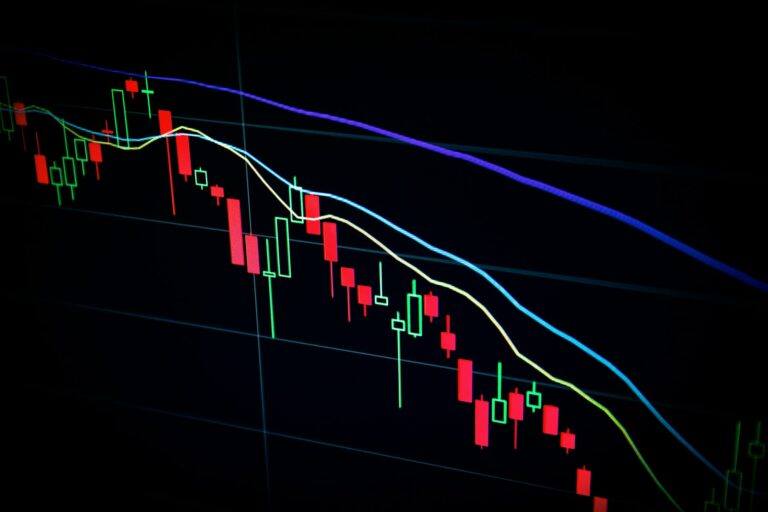Analysts at Bank of America, the second-largest U.S. bank, have argued that concerns surrounding a so-called crypto winder or contagion risk associated with the collapse of the Terra ecosystem are unfounded.
In a note shared with clients, first reported on by CoinDesk, analysts led by Alkesh Shah noted that investors should take into account that cryptoassets aren’t outperforming traditional assets because the cryptocurrency ecosystem is an “emerging tech asset class” and the tokens within it “trade like high growth, speculative risk assets.”
The analysts added that digital assets face the same headwinds as traditional assets, including surging inflation and higher interest rates, as well as an increased risk of a recession. Nevertheless, they suggested that worries of a contagion risk within the crypto ecosystem or a spillover into traditional financial markets over the collapse of the Terra ecosystem are unfounded.
Terraform Labs’ algorithmic stablecoin UST lost its peg last week after a $500 million withdrawal from its Anchor Protocol led to a large sale on Curve, where liquidity was low. The sale saw UST lose its peg and triggered a bank run. Because of the algorithmic system behind UST, trillions of LUNA were printed while the stablecoin’s value kept on dropping.
While Bank of America’s analysts noted the collapse could have contributed to recent volatility in cryptocurrency prices, they noted that UST’s loss of its peg showed the durability of the wider stablecoin market, because other larger stablecoins managed to maintain their pegs.
According to the analysts, the collapse of the Terra network came because the growth of UST’s adoption was prioritized over its price stability. While the bank’s analysts weren’t positive about the revival of the stablecoin, they noted an algorithmic stablecoin is still a possibility.
Regulators are now expected to further police the stablecoin market, but an outright ban of algorithmic stablecoins would be “premature,” the analysts said, as it could slow down the ecosystem’s growth.
Their note comes at a time in which institutional investors dominated the cryptocurrency space’s trading volume in the first quarter of this year, based on on-chain data and data from Coinbase’s shareholder letter.
As CryptoGlobe reported, earlier this year analysts led by shah revealed they believe Solana has the potential to “become the Visa” of the cryptocurrency space as it focuses on scalability, low transaction fees, and ease of use.
At the time Shah pointed out that Solana has settled over 50 billion transactions since it was first launched in 2020, while Visa processed 164.7 billion transactions in the year ended September 30.
In a research note sent to clients, the Bank of America analyst noted Solana may soon take a share of Ethereum’s market share over its low transaction fees and focus on scalability, pointing out Ethereum “prioritizes decentralization and security, but at the expense of scalability, which has led to periods of network congestion.”
To make sure you receive a FREE weekly newsletter that features highlights from our most popular stories, click here.
DISCLAIMER
The views and opinions expressed by the author, or any people mentioned in this article, are for informational purposes only, and they do not constitute financial, investment, or other advice. Investing in or trading cryptoassets comes with a risk of financial loss.
IMAGE CREDIT
Featured image via Unsplash









